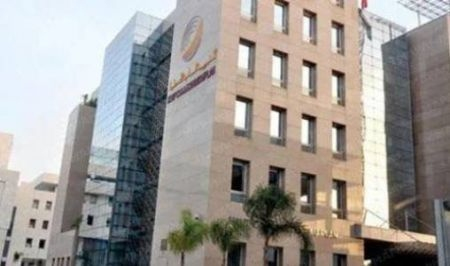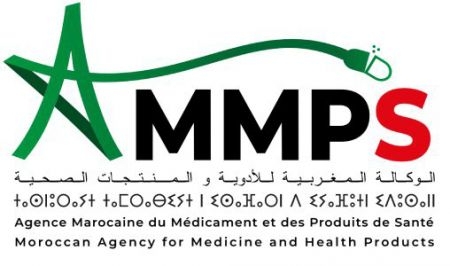
Morocco's economy is expected to post a growth rate of 4.5% in 2026, a level equivalent to that projected for 2025, according to the budget execution and three-year macroeconomic framework report accompanying next year’s Finance Bill.
These projections are based on a set of assumptions regarding both the national and international environment, notably an average Brent crude oil price of $65 per barrel, a butane gas price of $500 per ton, and cereal production of 70 million quintals.
It's also based on an exchange rate of 10.007 Dirhams to the Dollar, an inflation rate of 2%, and a 3% increase in foreign demand directed toward Morocco (excluding phosphate products and derivatives) in 2026, according to the report published on the website of the Ministry of Economy and Finance.
The assumption of an average agricultural season is expected to lead to an acceleration in the growth of agricultural value added, estimated at 7.9%, the same source notes, adding that non-agricultural value added is expected to continue growing at a similar pace to the previous year, reaching a growth rate of 4% in 2026.
However, the expected slowdown in the growth of net taxes on subsidies, from 7% in 2025 to 4.8% in 2026, would result in a lower contribution of this component to GDP, the report highlights.
On the demand side, final consumption will contribute around 3.3 percentage points, mainly due to a 3.9% increase in household consumption spending, which is projected to contribute 2.3 percentage points to GDP growth.
Foreign demand directed toward Morocco is expected to continue its upward trend in 2026, with projected growth of 3%, after 2.7% in 2025 and a contraction of -0.9% in 2024. As a result, export growth is expected to moderately accelerate to 7.9% in 2026, compared to 7.1% the previous year. Imports are projected to stabilize, with a growth rate of 6.9% in 2026, slightly down from 7% in 2025.
The report also notes that growth will be driven by exports, which are expected to contribute 3.4 percentage points to GDP growth, while imports will have a negative contribution of -3.5 percentage points, resulting in a near-zero net contribution from external trade.
MAP: 30 September 2025







